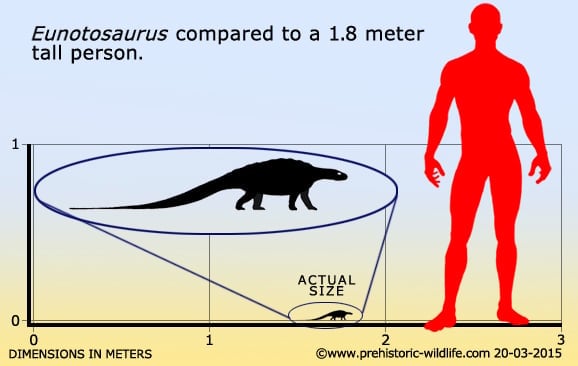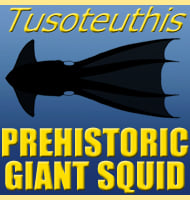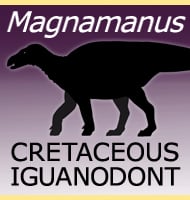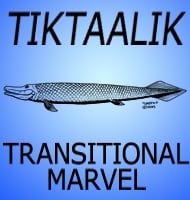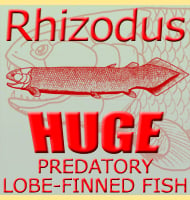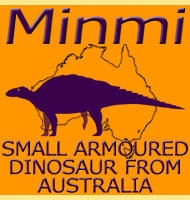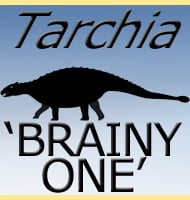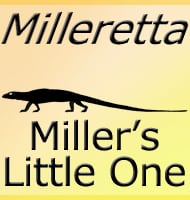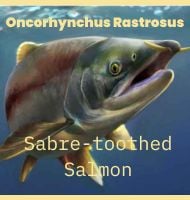In Depth
Eunotosaurus was long considered the ancestor to turtles. This theory came from the specially enlarged and curved vertebrae and ribs that balloon outwards that would have created the appearance of a skin covered shell. It is now thought however that the vertebrae and rib adaptation of Eunotosaurus and the evolution of turtles are a case of convergent evolution. This is where two animals form a similar evolutionary adaption, even though they are not of the same animal group, or direct descendent or ancestor to one another.
The vertebrae of Eunotosaurus are very similar to turtles in both structure and number. The ribs are also broad to the point that they make contact with one another, a feature also seen in turtles. The key difference is that the pelvis of Eunotosaurus is placed behind the specially adapted vertebrae and ribs. In contrast, the pelvis of turtles is covered so that it can be protected by the shell.
The rib adaptations would have given Eunotosaurus better protection from predators, but exactly how remains unclear. The enlarged cross section would have made it difficult for some predators to swallow Eunotosaurus whole. The ribs would have also provided protection from the same predators that did not have the strength to bite through them. However, these ribs were not formed to provide protection for the head, limbs or tail. At best this adaptation would only reduce the number of predators able to eat Eunotosaurus, but that may have been enough for the species to survive for a time.
Further Reading
– On a New Reptile from Welte Vreden (Beaufort West), Eunotosaurus africanus (Seeley). – Quarterly Journal of the Geological Society of London 48:583-585. – H. G. Seeley – 1892. – Eunotosaurus africanus Seeley and the ancestors of the Chelonia. – Proceedings of the Zoological Society of London 11: 1011–1020. – D. M. S. Watson – 1914. – The problematic Permian reptile Eunotosaurus. – Bulletin of the British Museum (Natural History), Geology Series 18 (5): 167–196. – C. B. Cox – 1969. – Eunotosaurus africanus from the Ecca–Beaufort contact in Northern Cape Province, South Africa — implications for Karoo Basin development. – South African Journal of Science 95: 553–555. – B. S. Rubidge, S. Modesto, C. Sidor & J. Welman – 1999. – Eunotosaurus africanus and the Gondwanan ancestry of anapsid reptiles. – Palaeontologia Africana 36: 15–20. – S. P. Modesto – 2000. – Biostratigraphic correlation in the Karoo: The case of the Middle Permian parareptile Eunotosaurus. – South African Journal of Science. 109 (3/4): 1–4. – Mike Day, Bruce Rubidge, John Almond & Sifelani Jirah – 2013.
